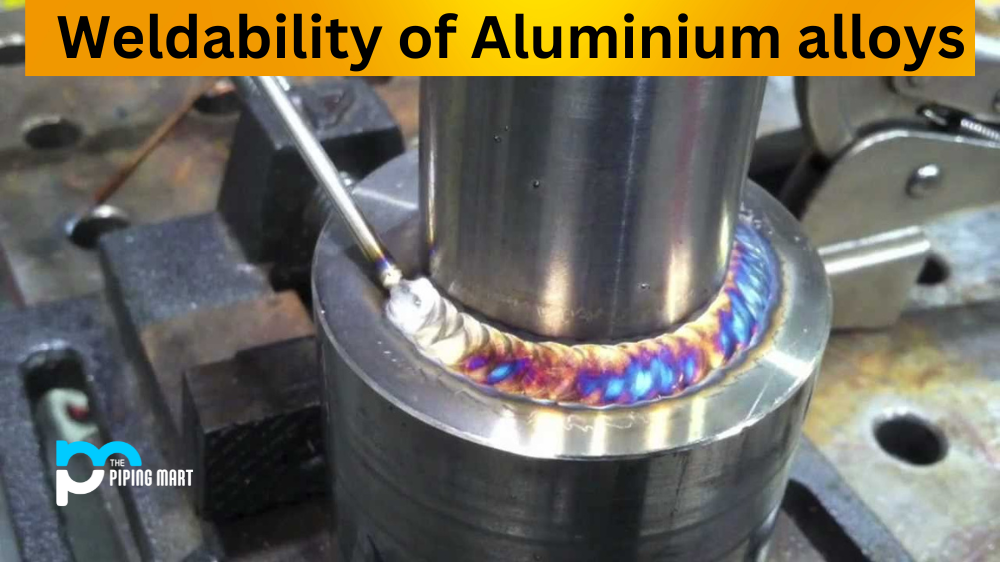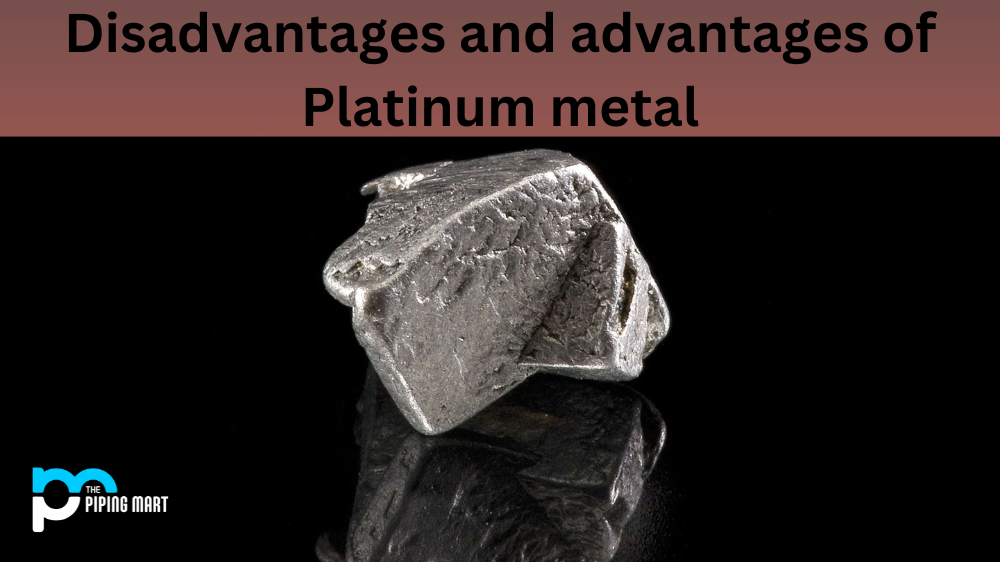Choosing the right steel for your project is crucial. It can mean the difference between success and failure. Two of the most popular steels used in manufacturing today are S7 and H13. Both have unique properties that make them suitable for specific applications. In this blog post, we will compare S7 tool steel vs H13 steel and help you determine which steel is best for your project.
What is S7 Tool Steel?
S7 tool steel is a shock-resistant air-hardening tool steel. It has excellent toughness and high impact resistance. S7 is commonly used for low-volume production tools, tooling dies, and punch plates for the automotive, construction, and aerospace industries.
What is H13?
H13 steel, on the other hand, is a hot work tool steel with excellent toughness and strength. It is commonly used in high-pressure die casting, extrusion, and forging dies, inserts, and cores.
Difference Between S7 Tool Steel and H13
Hardness
One of the main differences between S7 and H13 is their hardness. S7 has a Rockwell hardness of 54-58, while H13 has a Rockwell hardness of 48-52. This means that S7 is harder and more wear-resistant than H13. However, H13 has a higher yield strength and fracture toughness than S7. In terms of machinability, S7 is more difficult to machine than H13.
Applications and Suitability
Due to its high wear resistance, S7 is commonly used for small or low-volume production tools and dies. It is not recommended for high-pressure die casting or forging as it is not as strong as H13. H13 is ideal for tools and dies used in high-pressure die casting, extrusion, and forging, as it can withstand high pressure and temperatures. It is not recommended for use in low-volume production tools and dies.
Heat Treatment
Both S7 and H13 can be heat-treated. S7 can be air-hardened, making it ideal for small or low-volume production runs as it eliminates the need for a specialized furnace. H13, on the other hand, requires a specialized furnace for heat-treating. It is typically quenched and tempered to achieve the desired properties.
Cost
S7 is more expensive than H13 due to its high wear and shock resistance. However, the cost of the steel is negligible compared to the cost of tooling and production runs. When choosing between S7 and H13, it is important to consider the long-term cost rather than just the initial cost of the steel.
Conclusion
In conclusion, S7 and H13 tool steels are excellent options for manufacturing tools and die. S7 is ideal for low-volume production runs, while H13 is best for high-pressure and high-temperature applications. When selecting the right steel for your project, it is important to consider the required properties, applications, and long-term cost. By understanding the differences between S7 tool steel and H13 steel, you can make an informed decision that will ensure your project’s success.

Abhishek is a seasoned blogger and industry expert, sharing his insights and knowledge on various topics. With his research, Abhishek offers valuable insights and tips for professionals and enthusiasts. Follow him for expert advice on the latest trends and developments in the metal industry.




